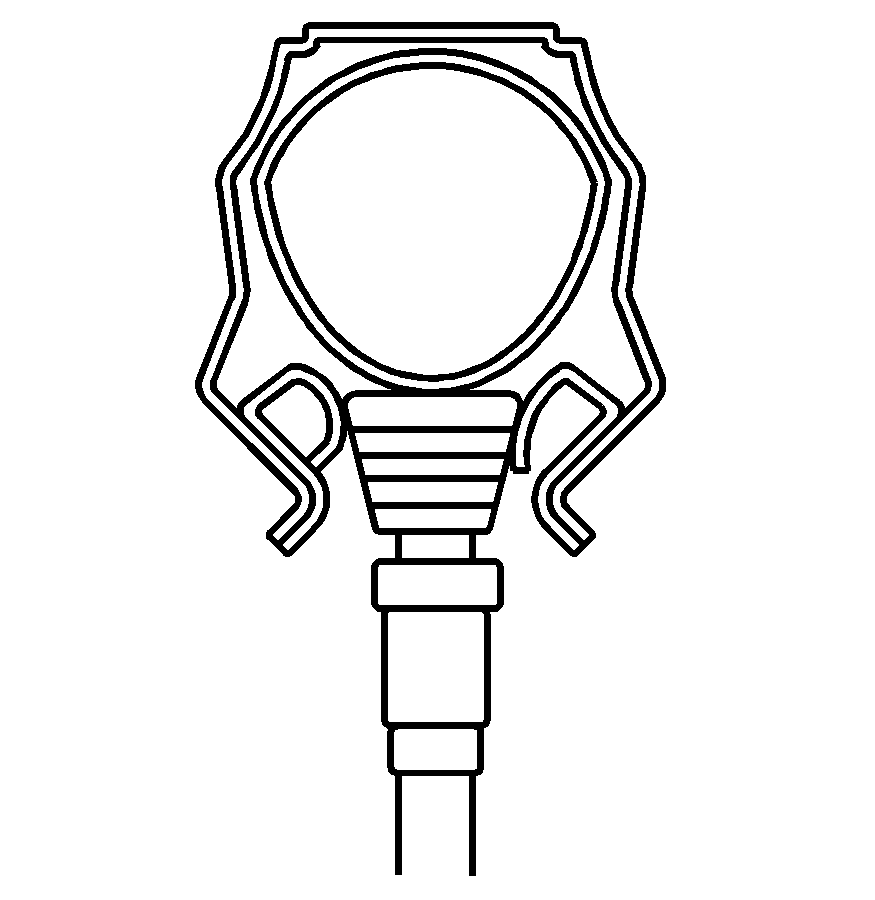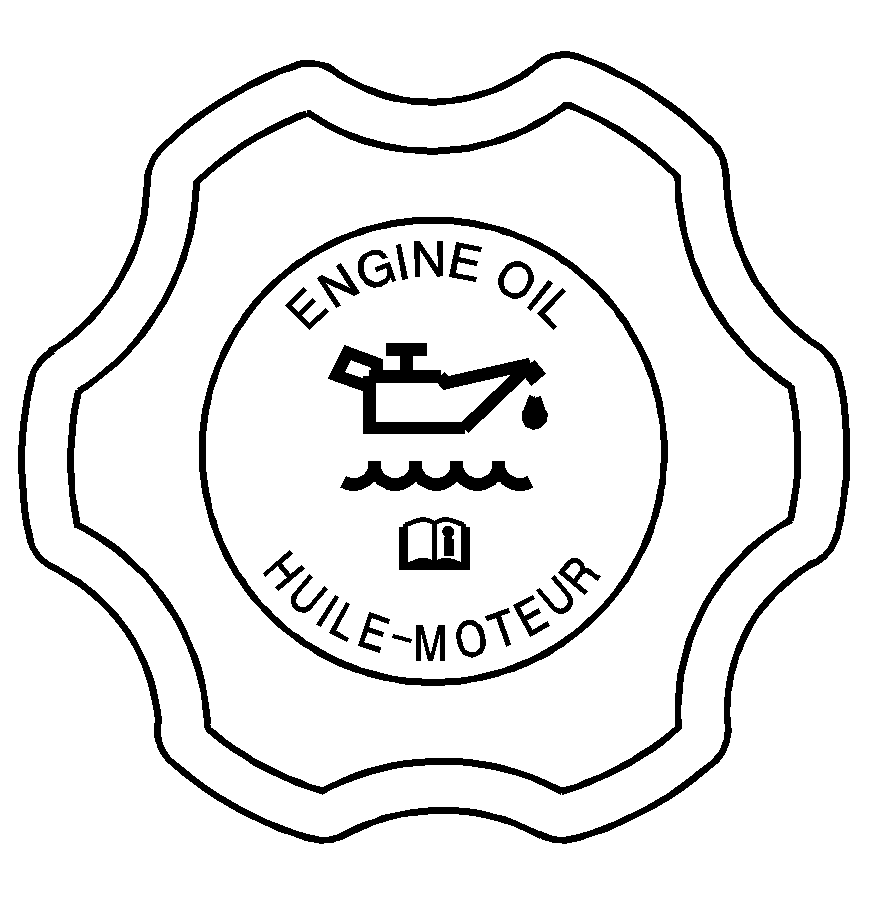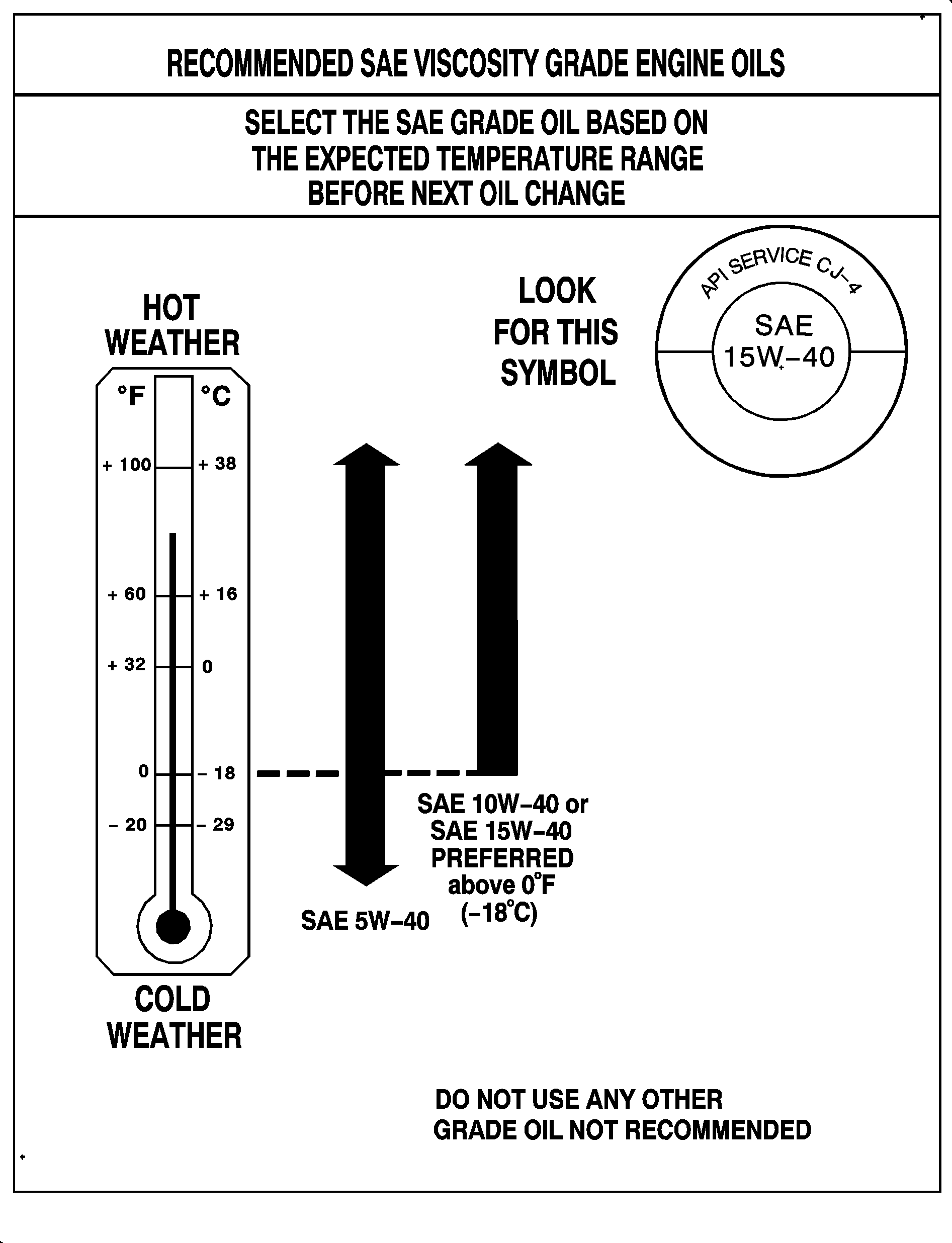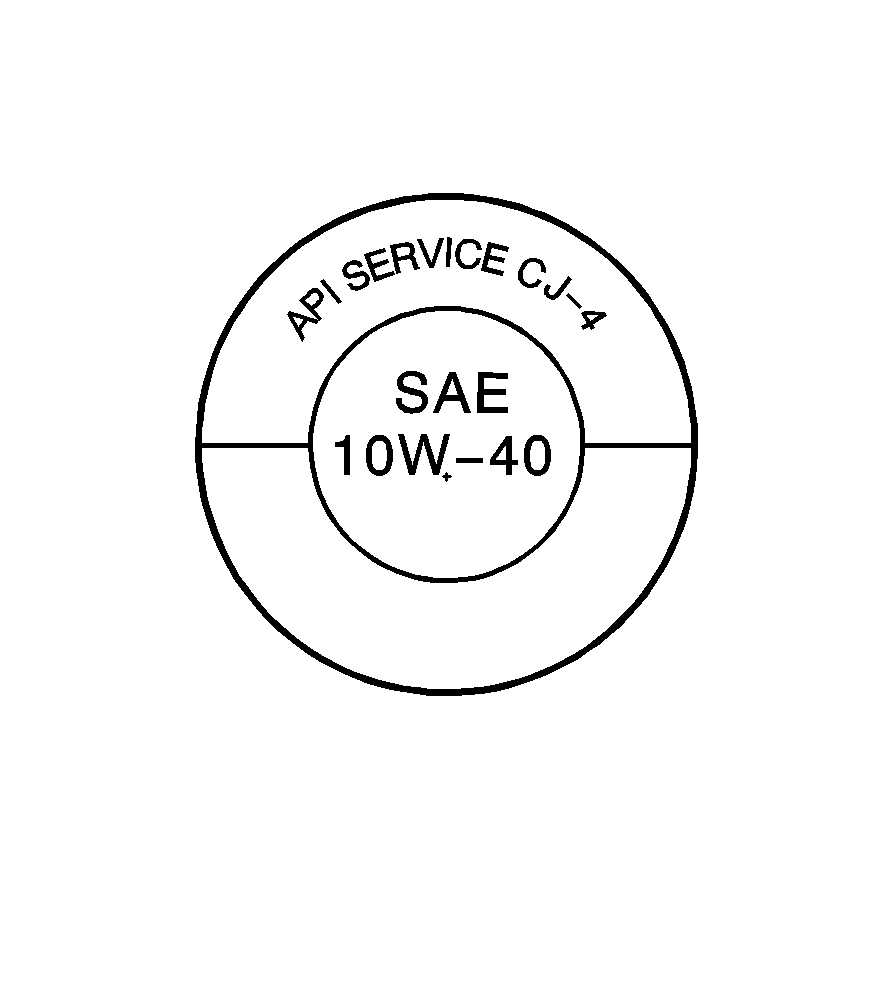Checking Engine Oil
It is a good idea to check the engine oil level at each fuel fill.

The engine oil dipstick is located behind the cab on the driver side of the vehicle. It can be reached without tilting the cab.
In order to get an accurate reading, the engine should be at normal operating temperature, so that the oil is warm, and the vehicle must be on level ground.
- If the engine is at normal operating temperature and the oil is warm, turn off the engine and allow at least five minutes for the oil to drain back into the oil pan. If this is not done, the oil dipstick might not show the actual level.
- Pull out the dipstick and clean it with a paper towel or a cloth, then push it back in all the way.
- Remove the dipstick again, keeping the tip down, and check the oil level.
If the engine has not been run long enough to bring it up to normal operating temperature and the oil is cool, turn off the engine and allow 30 minutes for the oil to drain back into the oil pan. If this is not done, the oil dipstick might not show the actual level.
When to Add Engine Oil
Notice: Do not add too much oil. Keep the oil level between the ADD (C) and FULL (B) marks on the dipstick. Under normal engine operation, the engine oil level can increase above the FULL (B) mark as a result of DPF regeneration. A small increase in the oil level is normal. If the engine has so much oil that the oil level reaches the wider portion (A) on the dipstick, the engine oil must be changed as soon as possible or the engine could be damaged.

If the oil is below the ADD mark (C) on the dipstick, add at least one quart/liter of the recommended oil.
This section explains what kind of oil to use. For engine oil crankcase capacity, see Capacities and Specifications.

Add enough oil to put the level somewhere in the proper operating range. Push the dipstick all the way back in when through.
What Kind of Engine Oil to Use
Look for three things:

| • | CJ-4 |
| Oils designated as API CJ-4 are required for the vehicle. The CJ-4 designation can appear either alone or in combination with other American Petroleum Institute (API) designations, such as API CJ-4/SL. These letters show API levels of quality. |
| • | SAE 10W-40 or SAE 15W-40 |
| SAE 10W-40 or SAE 15W-40 is best for the vehicle. When it is very cold, below 0°F (-18°C), use SAE 5W-40 to improve cold starting. These numbers on the oil container show its viscosity, or thickness. Do not use other viscosity oils such as SAE 10W-30 or SAE 20W-50. |
| • | American Petroleum Institute (API) symbol |

This doughnut-shaped logo (symbol) is used on most oil containers to help you select the correct oil. It means that the oil has been certified by the American Petroleum Institute.
| • | Look for this on the oil container, and use only those oils that display this logo. |
Notice: Use only engine oils that have the designation CJ-4 for the diesel engine. Failure to use the recommended oil can result in engine damage not covered by the vehicle warranty.
Engine Oil Additives
Do not add anything to the oil. The recommended oils with the API service symbol are all you need for good performance and engine protection.
When to Change Engine Oil (Vehicles Without the Engine Oil Life System)
Change the engine oil and filter every 15,000 miles (24 000 km), or every 12 months, or every 750 hours of engine operation, whichever occurs first. If the vehicle is used primarily for long trip, highway service, change the engine oil and filter every 18,000 miles (28 800 km), or every 12 months, or every 750 hours of engine operation, whichever occurs first. See Scheduled Maintenance.
